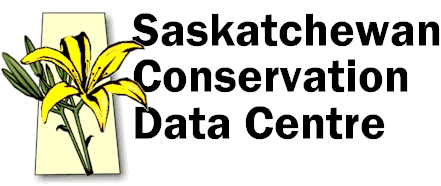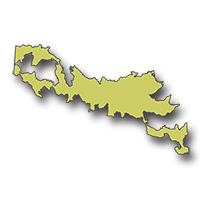
ECOZONE
BOREAL PLAIN
ECOREGION
Boreal Transition

Hectares: 5,403,000 ha (8%)
This ecoregion is characterized by a mix of forest and farmland, marking both the southern advance of the boreal forest and the northern limit of arable agriculture. Gray soils supporting tall stands of aspen are characteristic of the hilly upland areas. White spruce and jack pine occur throughout the area but are less common than in the more northern ecoregions. Peatlands are also less common.
Except for the areas of jack pine on sandy soils along the North Saskatchewan River valley, the lowlands or plains are mostly cultivated. In fact, the black and dark gray soils are some of the most fertile and productive in the province, producing a wide range of forage crops, feed grains, cereals and oilseeds. Wildlife populations are diverse with white-tailed deer, moose, elk and black bear being the most prominent.
Other mammals include the beaver, northern flying squirrel and the short-tailed shrew. The gray jay, boreal chickadee, black and white warbler, and great-crested flycatcher are typical birds.
LANDSCAPE AREA
- G1 Beaver River Plain
- G2 Frog Lake Upland
- G3 Meadow Lake Plain
- G4 Onion Lake Plain
- G5 Turtle River Plain
- G6 Meeting Lake Upland
- G7 St. Cyr Plain
- G8 Witchekan Plain
- G9 Shellbrook Plain
- G10 Sturgeon River Plain
- G11 Whitefox Plain
- G12 La Corne Plain
- G13 Nisbet Plain
- G14 Prince Albert Plain
- G15 Tiger Hills Plain
- G16 Melfort Plain
- G17 Nipawin Plain
- G18 Tobin Lake Lowland
- G19 Red Earth Plain
- G20 Mistatim Upland
- G21 Hudson Bay Plain
- G22 Barrier River Upland
- G23 Swan River Plain